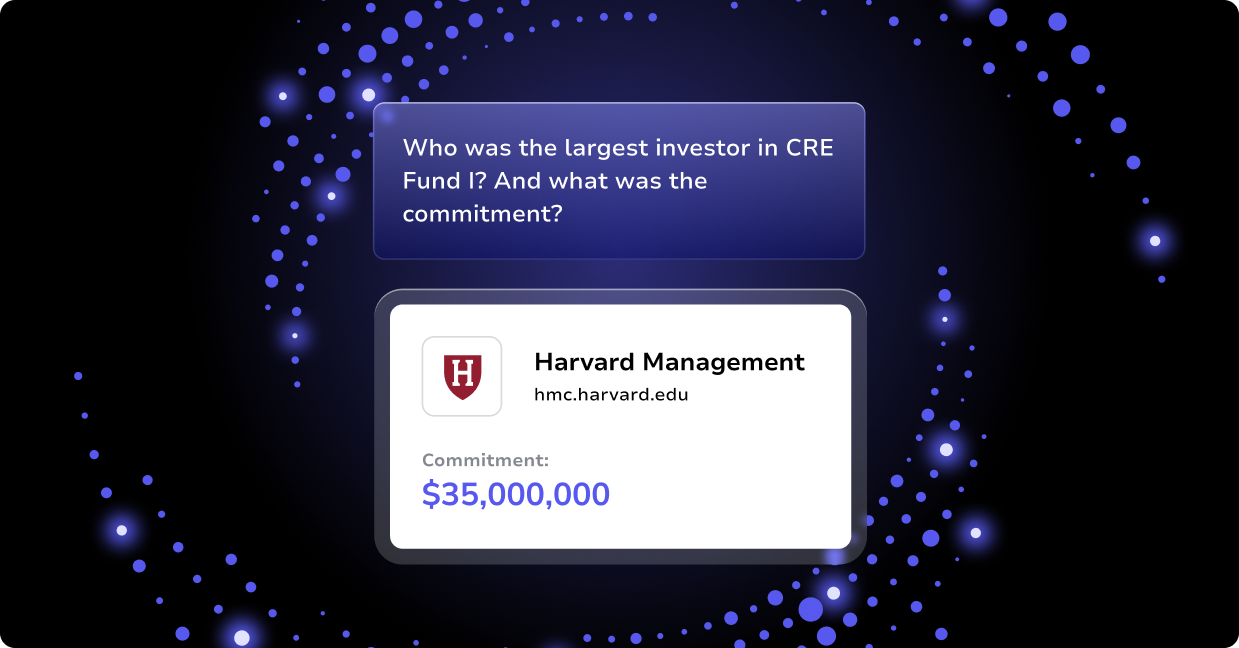I love dinosaurs, and because it may come off as weird to say that I also “love” analogies, I’ll simply say that I find analogies to be very helpful and I use them a lot. It comes as no surprise to me, then, that dinosaurs are often the source of important analogies; don’t let it surprise you either — this is not the first time I’ve suggested that private capital markets are analogous in some form to dinosaurs. It turned out to be the perfect analogy for describing where data-driven venture-backed IPOs have gone.
Based on what we know, Dinosaurs are the most prolific creatures to have ever inhabited the earth — the success they had in evolving is the ultimate case study in adaptation. Our track record as humans, when comparing the time we’ve been here, doesn’t even register as significant. It’s no wonder, then, that their seemingly sudden disappearance is a marvel that sets up as analogous for wondrous, and yet catastrophic events. Even kids seem to be born with a fascination for these legendary creatures well before they know anything about their amazing story or their sudden demise.
A few weeks back my colleague and friend Kjael Skaalerud penned an amazing piece about the digital collision coming for VC/PE. Equal parts prophetic and doomsday, I simply can’t help but wonder how one could read this piece and see any analogy other than the proliferation and subsequent downfall of the dinosaurs. It doesn’t stop there, though; reading it causes me to wonder things like “how did this happen?”, “what was it like before this?”, etc. Let’s be archaeologists and see if we can find out!
First allow me to set the proper context by summarizing Kjael’s piece, in which Kjael warns us that digital transformation is happening everywhere as software eats the world. There is no hiding; the conveniences afforded by top-tier firms that weren’t as digitally-focused and which allowed them to remain at the top are simply no match for the opportunities that technology-focused firms will take advantage of in the future. It’s a compelling argument and if that’s what the future looks like, I’m here for it.
I don’t inherently believe that anybody at the top should fall, quite the contrary really — I’m a capitalist at my core and believe in survival of the fittest above all things. I have no agenda when it comes to which VC/PE firms survive and/or thrive; I simply believe it’s undeniable that what has differentiated top-tier firms is no longer the best evolutionary predictor. Still today, but certainly up to this point, the most successful PE/VC firms — as measured by historical quartile-based performance of funds — was largely self-fulfilling. LPs want access to top-quartile managers, and the best way to predict that, but without any guarantee, is by finding those that have generated top-quartile returns in the past. To be sure: there is no flawed logic in this; it’s simply the best predictor because there isn’t yet one that is better.
That is why I subscribe wholeheartedly to Kjael’s prediction. It suggests there’s a future for data-driven firms in which technology offers a better predictor of this, and in the simplest explanation possible, that is: data-driven stories that prove differentiated access to investment opportunities, differentiated ways to add value, etc. and on top of it all, the compounding effect of data proving the repeatability of the same story that the data began by uncovering. Turns out that just this week, early support — according to the way I interpret it — for this thesis has emerged by way of a Pitchbook story about Hedge funds being quicker to move and paying premiums over traditional venture capital firms to back high-profile venture-stage companies.
While historical performance is at the core of these PE/VC market dynamics up to this point, it’s not the only archaeological evidence that is interesting. Perhaps at the core of the entirety of the existence of this market is what I’ll describe as a sexy opacity. It has always been known that this market moves quickly, efficiently, is relatively exclusive, generates outsized returns, and yet very little is known about it within the general public. To me that seems — if I were to channel an analogy — a bit like that famous item at the world-renowned restaurant you’ve heard somebody gush about. Nobody actually knows how that thing is made, and there are legitimate concerns it will stay that way when the only person that does know dies. That’s sort of intriguing and sets up nicely for something we become enamored by, perhaps even if the story itself helps to compensate for the mediocre quality of the item itself. While I personally happen to appreciate the mysterious, slightly opaque dynamics of private markets, it feels like it’s fair to wonder whether there is a recipe at all for reliable and repeatable success in this market. If there is, I’m led to wonder whether it will be able to hold up against the impending technology-led transformation that will bring data and speed to the forefront.
Predicting the future of data-driven firms is a tricky business; oftentimes changes happen so gradually that we feel — at any given point along the evolution — that the future isn’t quite as futuristic as we imagined it. These evolutions happen slowly and gradually, but if we are to stop for a moment, I think it’s fair to suggest that we already see evidence that the collision is coming: we’re starting to see technology- and data-driven firms move faster, with greater conviction, and it’s only just beginning. It only feels appropriate to use a phrase Kjael uses often if you spent time around him, “let’s put our mouth guards in and get ready”.




